How methane can lead to arsenic groundwater contamination and why our water resources need urgent protection
Published in Sustainability

Contamination of groundwater with naturally occurring (geogenic) arsenic (As) is a serious problem extending throughout the world. Many mechanisms responsible for As mobilization from sediments to groundwater have been proposed, some more general, others rather specific for certain locations. Our study adds a new twist to this discussion and offers an explanation for the observed As release that seems to be relevant for many aquifers where methane (CH4) concentration is high.
Groundwater at our study site in Vietnam (about 15 km southeast from Hanoi) showed a remarkable abundance of CH4. This turned out to be true also for neighboring villages, where in some cases the concentration of this potent greenhouse gas was so high that apparently some wells could even be set on fire. These observations were the motivation for our study. Microbes need an electron donor such as carbon (C) to catalyze reductive dissolution of As-bearing Fe(III) minerals that then leads to As mobilization. It has been shown that organic carbon infiltrating from the earth's surface into the subsurface as well as organic carbon already present in the subsurface can fuel this microbial process. However, how about CH4, the simplest hydrocarbon, consisting of one fully reduced carbon atom? A compound that is very abundant at our field site and, obvious to us after careful literature research, also at other As-contaminated field sites. Could microbes gain enough energy using the CH4 dissolved in the water to reduce Fe(III) minerals and release the As that was bound to them? Our first experiment that lasted 100 days unfortunately did not support our hypothesis. After intense discussions in our research team and after other studies on microbial CH4 oxidation coupled to Fe(III) reduction were published showing that microorganisms mediating this process are rather slow, we had decided to repeat this experiment. This time, our experiment lasted much longer, 225 days (nearly a third of my Ph.D.—it was all or nothing!). To our big excitement, the second round indeed supported our hypothesis and demonstrated that CH4 can be a driver for microbial As mobilization. Therefore, now, we are adding another mechanism that can lead to As groundwater contamination.

Groundwater filtration for microbial community study was a challenge as precipitating Fe(III) minerals were constantly clogging filters. Photo credit: Martyna Glodowska
Many of us, particularly those living in countries where efficient water treatment facilities ensure access to safe drinking water, may not be concerned. Yet, in many places around the world, particularly in the rural areas of South and Southeast Asia, access to safe water is a privilege rather than a basic human right. In consequence, the health of up to 220 million people might be compromised.
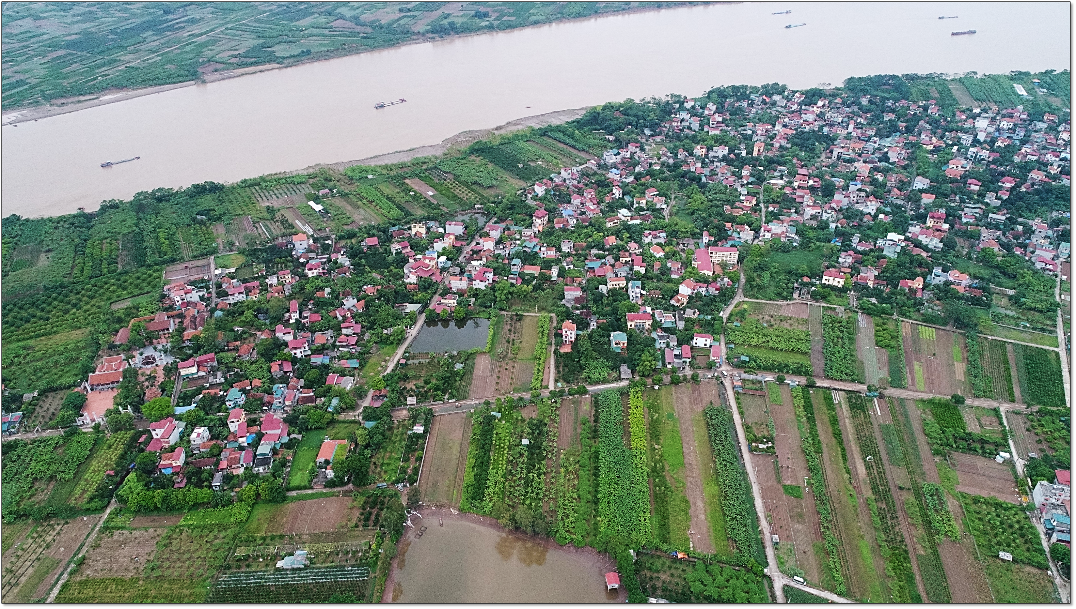
Sampling site in the village of Van Phuc, about 15 km SE from Hanoi. Water is an inseparable part of the landscape whether in the Red River or in the numerous ponds and canals. Water in most of these reservoirs is however highly contaminated and unfit for consumption. Photo credit: Andreas Kappler
Water is the major component of the human body, and regular supplies of about 1.5 L of water per day is required for it to function properly. It is therefore not surprising that water is deemed as the most essential natural resource. However, access to this precious resource is often taken for granted. In consequence, water reservoirs are currently under huge pressure. Besides contamination with As, freshwater systems are threatened by human activities related to agriculture, industry, or mining. Future generations will have to face yet another danger—climate change. Water stress will continue to increase as a drastic decline in rainfall and increasing salinization of surface and near-surface water is expected. Following the WHO, by 2025 half of the world’s population will be living in water-stressed areas. As a result of decreasing access to safe and clean water, many people think that the 21st century’s conflicts will be fought over water. Therefore, protection and sustainable use of this vital resource should be a priority for all of us.
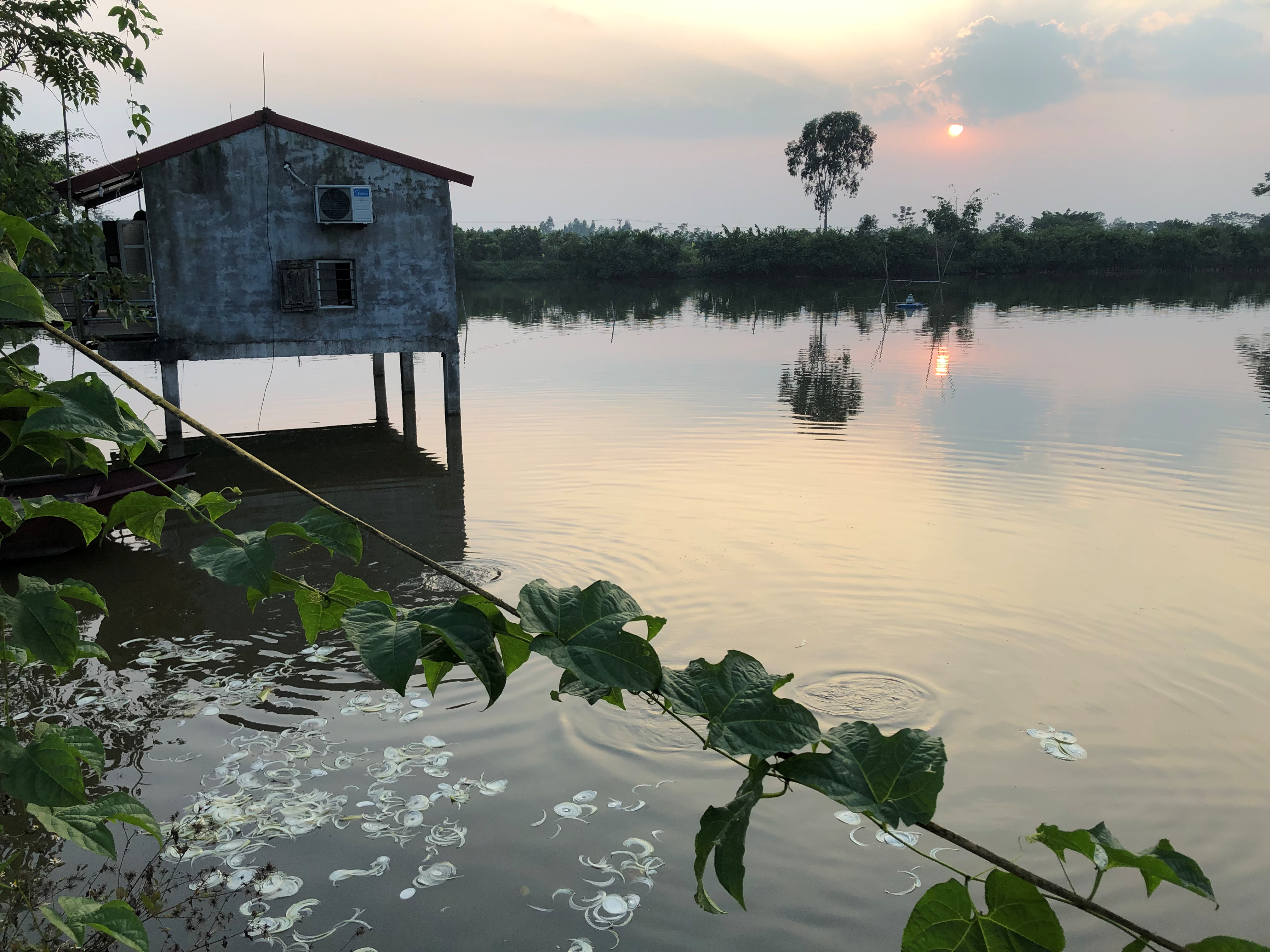
Common in the Vietnamese landscape ponds used for intensive aquaculture. Photo credit: Michael Berg
For more information see: Glodowska, M., Stopelli, E., Schneider, M., Rathi, B., Straub, D., Lightfoot, A., Kipfer, R., Berg, M., Jetten, M., Kleindienst, S., Kappler, A. & AdvectAs team members. Arsenic mobilization by anaerobic iron-dependent methane oxidation. Commun Earth Environ 1, 42 (2020). https://doi.org/10.1038/s43247-020-00037-y
Follow the Topic
-
Communications Earth & Environment

An open access journal from Nature Portfolio that publishes high-quality research, reviews and commentary in the Earth, environmental and planetary sciences.
Related Collections
With Collections, you can get published faster and increase your visibility.
Geology of the Moon
Publishing Model: Hybrid
Deadline: Jan 31, 2026
Drought
Publishing Model: Hybrid
Deadline: Dec 31, 2025

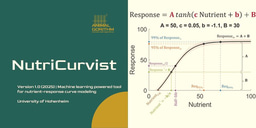
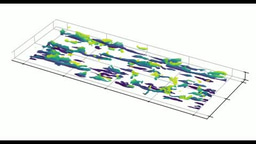
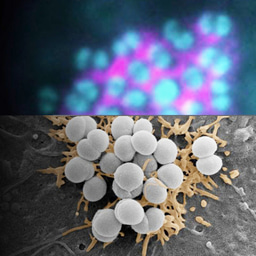


Please sign in or register for FREE
If you are a registered user on Research Communities by Springer Nature, please sign in